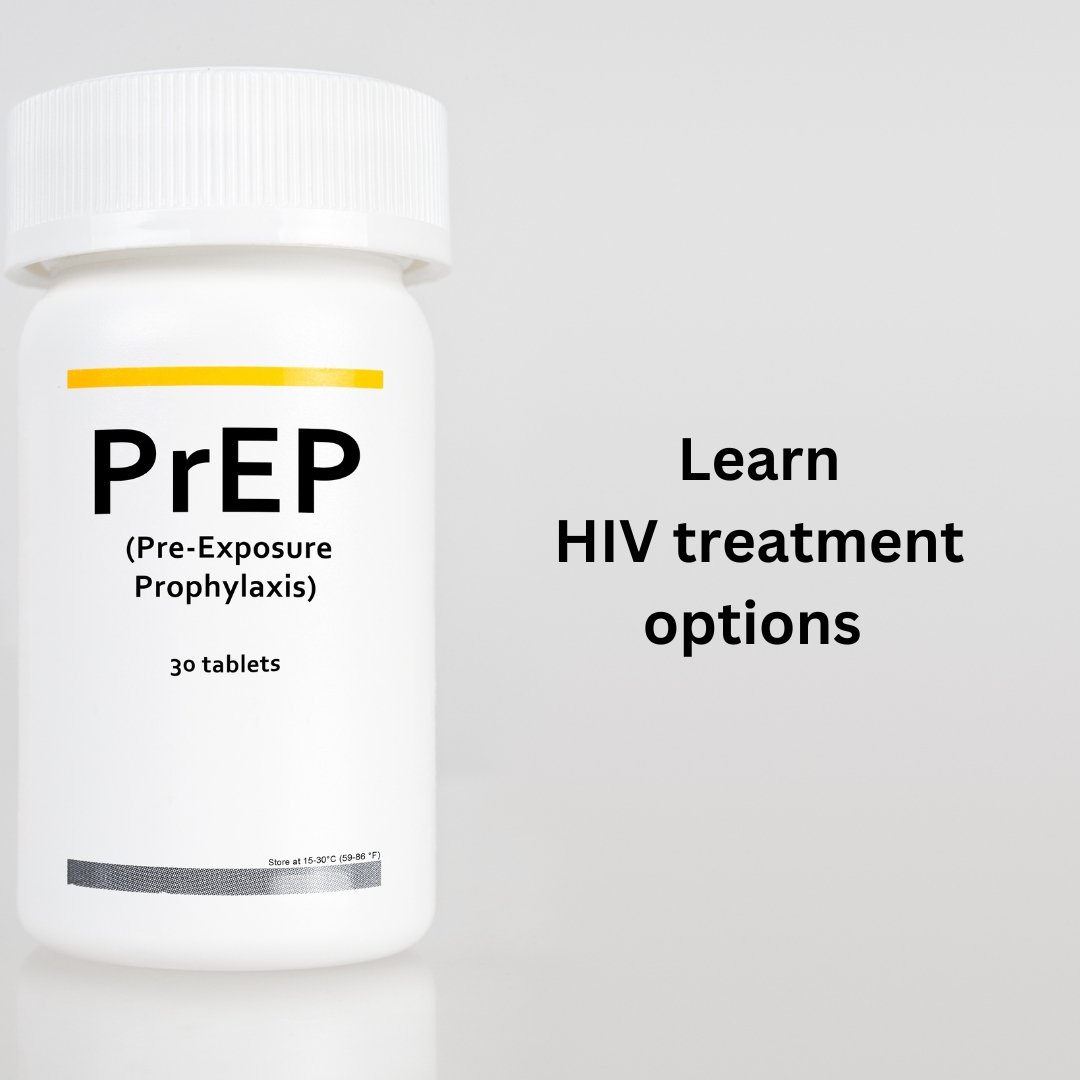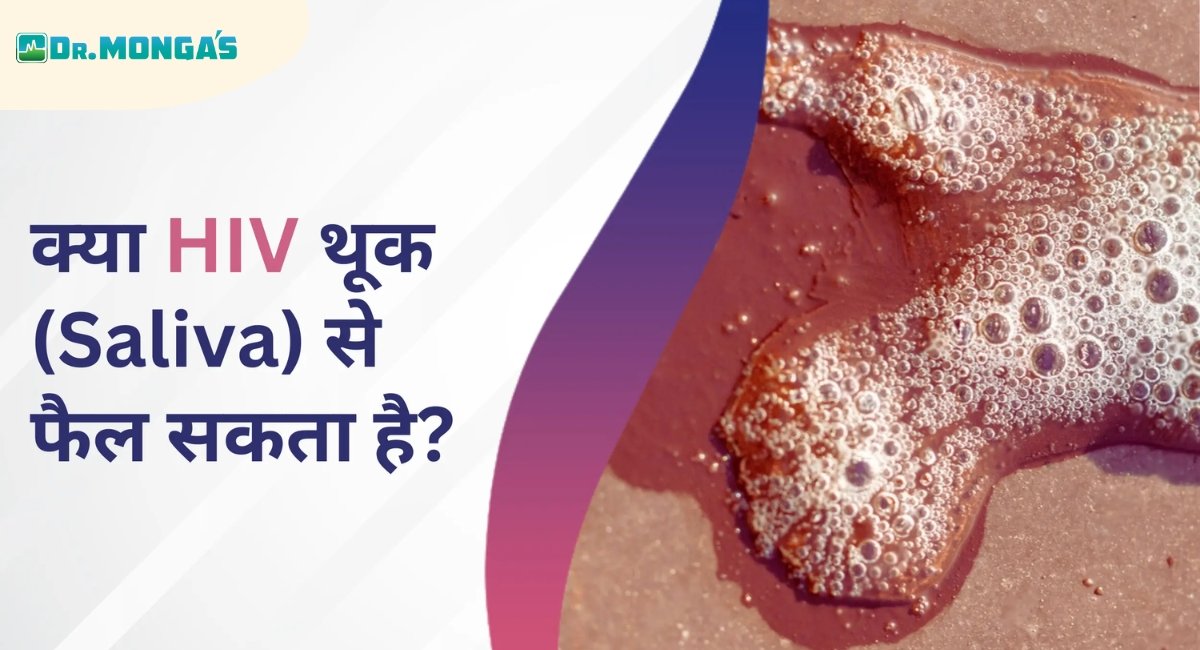Everything You Need to Know About HIV Treatment, Prevention, and Medication
HIV (Human Immunodeficiency Virus) is a serious health condition, but with the advancements in medical treatments and preventive methods, people living with HIV can lead healthy lives. This article aims to provide a comprehensive understanding of HIV treatment options, including where HIV treatment is available, the possibility of a cure, as well as preventive methods like PEP (Post-Exposure Prophylaxis) and PrEP (Pre-Exposure Prophylaxis). Let’s dive deeper into these topics and address some common questions about HIV prevention and treatment.
HIV Ka Ilaj Kaha Hota Hai?
When someone is diagnosed with HIV, the first question they ask is often about where to get treatment. In India and globally, HIV treatment is available in multiple settings:
- Government ART Centers
- ART (Antiretroviral Therapy) centers are available in every state, district, and city in India. These centers provide free HIV testing and free ART treatment for those diagnosed with HIV. The government runs a comprehensive program to ensure treatment accessibility.
- Private Hospitals and Clinics
- Private hospitals like Dr. Monga Medi Clinic, specialize in providing personalized care for HIV patients. These hospitals offer advanced testing options, continuous monitoring, and ART prescriptions tailored to each patient’s specific needs.
- Community Health Centers and NGOs
- There are numerous NGOs and community health organizations that provide HIV counseling and testing services, especially in under-served areas. Many of these organizations offer support groups and free counseling for people living with HIV.
HIV Ka Ilaj Ho Sakta Hai?
While HIV cannot be completely cured as of now, it can be effectively managed with Antiretroviral Therapy (ART). ART helps people living with HIV manage the condition and lead a healthy life.
- ART (Antiretroviral Therapy)
- ART works by reducing the amount of HIV in the blood (viral load), allowing the immune system to recover and fight infections. If taken consistently and correctly, ART can make HIV undetectable in the blood.
- People with undetectable HIV can live long, healthy lives without transmitting the virus to others.
- Early Treatment Improves Health Outcomes
- The earlier a person starts ART, the better their health outcomes. Early ART initiation reduces the risk of HIV-related complications such as AIDS (Acquired Immunodeficiency Syndrome).
- Regular HIV monitoring tests ensure that the medication is working effectively and that the viral load remains low.
- Urine Infection Which Doctor to Consult for the Right Treatment?
- Best Diabetic Footwear for Men Expert Guide by Dr. Monga
- Grade 2 Fatty Liver Disease: Symptoms & Treatments
- Best Flour for Diabetics A Guide by Dr. Monga Medi Clinic
- Can Fatty Liver Be Reversed? Discover the Top Lifestyle Changes You Can Make
PEP for HIV: What Is It and How Does It Work?
Post-Exposure Prophylaxis (PEP) is an emergency treatment given to prevent HIV infection after possible exposure. PEP must be started within 72 hours of potential exposure to HIV, and it is most effective when started as soon as possible.
- How Does PEP Work?
- PEP involves a combination of antiretroviral drugs taken for 28 days. These drugs work by preventing the HIV virus from replicating and establishing an infection in the body.
- It is crucial to complete the full 28-day course of PEP, even if no symptoms appear.
- When Is PEP Recommended?
PEP is recommended in the following situations:- After unprotected sex with someone who is HIV-positive or whose HIV status is unknown.
- After sharing needles or syringes with someone who may be HIV-positive.
- After occupational exposure to HIV, like needlestick injuries among healthcare workers.
PEP HIV: Types and Administration
The primary medications used for PEP treatment include combinations of Tenofovir, Emtricitabine, and Dolutegravir. These medications are highly effective in reducing the risk of HIV transmission.
- Common PEP Medications
- Truvada (Tenofovir + Emtricitabine): A combination that is commonly used in PEP treatment.
- Isentress (Raltegravir): A medication that works by blocking the HIV enzyme integrase, which helps prevent HIV from multiplying.
- How Is PEP Administered?
- PEP is usually started in a healthcare facility, such as an emergency room or clinic, where a healthcare provider will assess the situation and begin treatment immediately.
- Patients will need to return for follow-up appointments to monitor their progress and ensure they are tolerating the medication well.
PEP HIV Medicine: Side Effects and Considerations
Like any medication, PEP can have side effects, though they are generally mild and temporary.
- Common Side Effects of PEP
- Nausea and vomiting.
- Fatigue or feeling tired.
- Headaches or dizziness.
- Diarrhea or stomach discomfort.
- Managing Side Effects
- If side effects are severe or persistent, patients should consult with their healthcare provider for possible adjustments to the treatment regimen.
Precautions of HIV: How to Prevent HIV Infection
Preventing HIV infection is possible by following these essential precautions:
- Consistent Use of Condoms
- Always use condoms during any sexual activity, including vaginal, anal, and oral sex. Condoms significantly reduce the risk of HIV transmission.
- Safe Injection Practices
- Avoid sharing needles or syringes. People who inject drugs should use clean needles every time.
- Regular HIV Testing
- Regular HIV testing is essential, especially for individuals at high risk, such as those with HIV-positive partners or those engaging in unprotected sex.
- HIV Prevention for High-Risk Individuals: PrEP
- PrEP (Pre-Exposure Prophylaxis) is a medication that helps prevent HIV infection in people who are at high risk of contracting the virus. When taken daily, PrEP can reduce the risk of HIV transmission by up to 99%.
What Is PrEP? A Powerful HIV Prevention Tool
PrEP (Pre-Exposure Prophylaxis) is a preventive treatment for people who are at high risk of contracting HIV. It involves taking a daily pill that contains two types of HIV medicines: Tenofovir and Emtricitabine.
- How PrEP Works
- PrEP works by preventing HIV from establishing an infection if a person is exposed to the virus. It is highly effective when taken correctly and consistently.
- It should be started before exposure, and users must continue it daily to maintain its protective effects.
- Who Should Consider PrEP?
- Individuals who are in a relationship with an HIV-positive partner.
- Those who engage in high-risk sexual behavior, including multiple partners or unprotected sex.
- People who inject drugs and share needles or equipment.
PrEP Order: How to Get It?
To start PrEP, you need a prescription from a healthcare provider. Here’s how to order:
- Consult with an HIV Specialist
- Your healthcare provider will assess your risk and determine whether PrEP is right for you.
- A series of tests (HIV test, kidney function test) will be conducted before starting PrEP.
- Order Through Pharmacies
- Once prescribed, PrEP can be ordered through licensed pharmacies or online platforms.
- It is essential to order from legitimate sources to ensure you’re getting the correct medication.
Conclusion
HIV treatment and prevention have come a long way, with advanced medications like PEP and PrEP providing excellent options for managing HIV risk. Early testing, consistent treatment, and preventive measures like PrEP can help individuals live a healthy, HIV-free life. If you or someone you know is at risk or requires treatment, it’s crucial to consult a specialist and explore the various treatment options available.











Leave a Reply